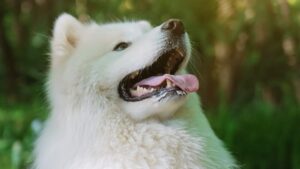
White Long Haired Dog: 13 Breeds
After much deliberation about your next pet, you’ve decided on a white long haired dog, large in size. Doesn’t that sound like you’re aiming to

When it comes to grooming our furry friends, ensuring their safety and comfort should always be our top priority. One essential tool in the pet grooming arsenal is the dog hair dryer, which can be a significant time-saver and provide a professional touch to your pet’s coat.
However, using a dog hair dryer requires careful attention to safety to prevent any potential harm to your pet.
In this blog post, we will delve into the crucial safety tips that every pet owner should keep in mind when using a dog hair dryer. From selecting the right type of dryer to understanding the correct techniques, we will cover all the essential aspects to ensure a safe and enjoyable grooming experience for your pet.
So, whether you are a professional groomer or a pet owner who prefers to groom your pet at home, these safety tips will guide you in using a dog hair dryer effectively while prioritizing the well-being of your furry companion. Let’s get started on this journey to a safe and successful grooming session!
High-velocity dryers work by blasting air at higher rates of speed and heat than human hair dryers. This allows them to efficiently dry thick pet coats. However, the increased intensity also means extra precautions are needed for safe operation.
Always make safety the top priority when using your dog’s dryer. Monitor them closely for any signs of discomfort or distress. With proper technique and care, you can ensure drying remains a safe and pleasant part of grooming.
We’ll cover tips on:
Follow these important safety guidelines and you can confidently use a dog dryer while avoiding any hazards.
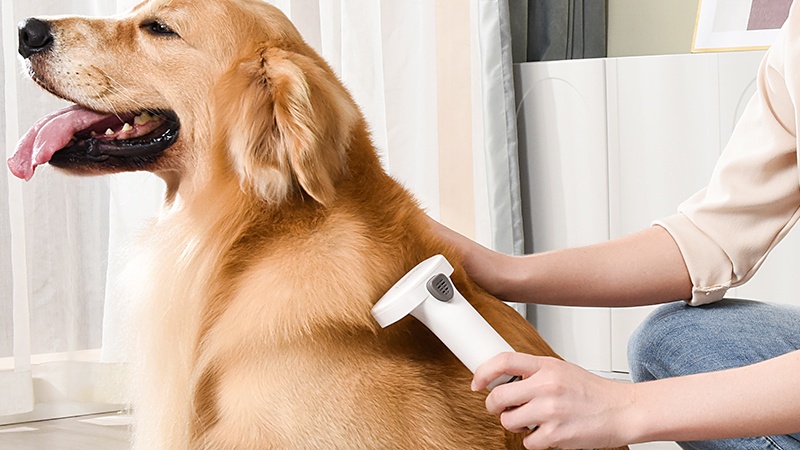
Not all dryers are suitable for all dogs. Choosing one that matches your dog’s specific needs is crucial for safe use. Consider these factors:
Correctly positioning both your dog and the dryer nozzle prevents injuries:
Improper temperature and airflow settings are a common cause of dryer injuries:
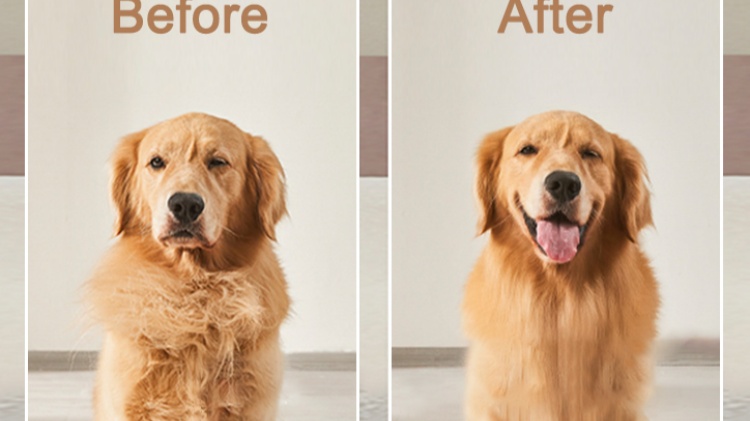
The head, ears, paws, and undercarriage require extra diligence:
A calm dog is less likely to make sudden hazardous movements during drying:
Routine maintenance ensures your dryer operates safely:
Here are some extra tips for maximizing safety:
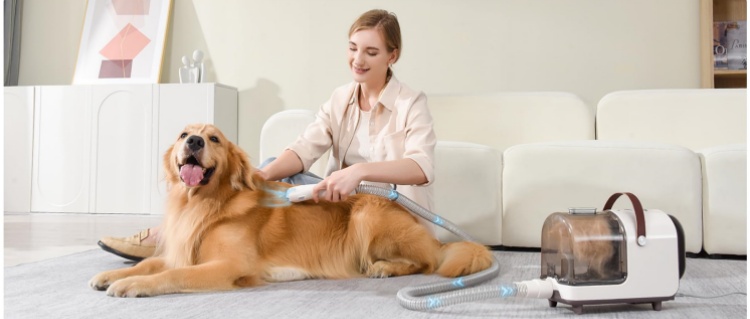
While dog dryers are invaluable grooming tools, they come with some inherent risks if used carelessly. Always make safety your top concern and work within your dog’s tolerance levels. Monitoring them closely and following these tips will allow you to maximize the benefits while avoiding any hazards.
With time and positive reinforcement, drying can become an enjoyable experience! By putting safety first, you’ll develop confidence using the dryer for quick, stress-free grooming sessions.


After much deliberation about your next pet, you’ve decided on a white long haired dog, large in size. Doesn’t that sound like you’re aiming to
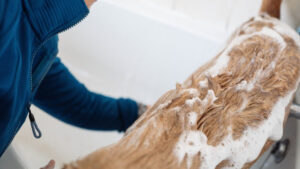
When it comes to the question, “Is Dawn dish soap safe for dogs?” it’s crucial to choose a wash that’s both harmless and effective. While

Beginning your Cavoodle grooming guide early is key for a successful experience. Breeders typically start grooming practices when puppies are about two weeks old. This

Are you a proud pet owner looking for the best grooming equipment to keep your furry friend looking and feeling their best? Look no further
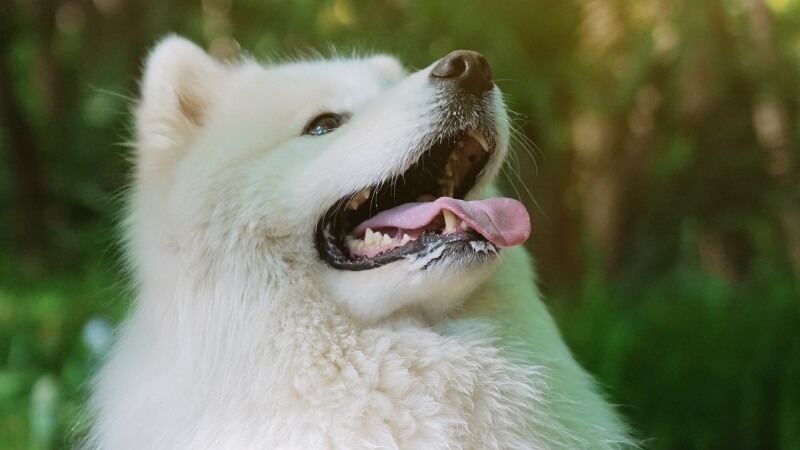
After much deliberation about your next pet, you’ve decided on a white long haired dog, large in size. Doesn’t that sound like you’re aiming to
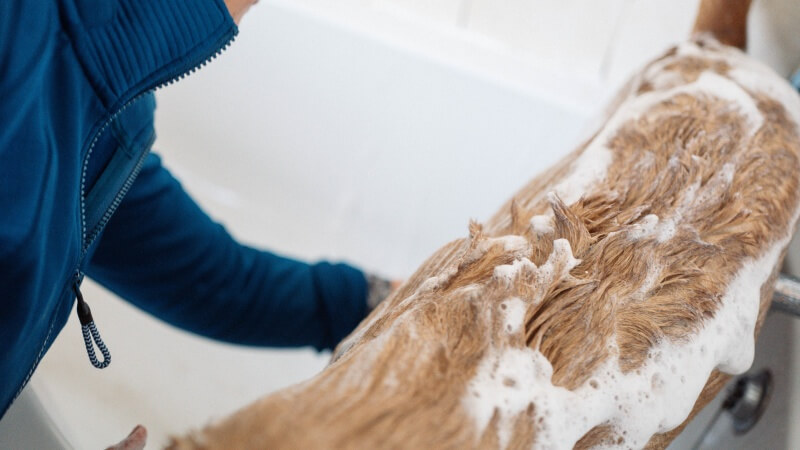
When it comes to the question, “Is Dawn dish soap safe for dogs?” it’s crucial to choose a wash that’s both harmless and effective. While

Beginning your Cavoodle grooming guide early is key for a successful experience. Breeders typically start grooming practices when puppies are about two weeks old. This

Are you a proud pet owner looking for the best grooming equipment to keep your furry friend looking and feeling their best? Look no further
Copyright © 2024 puppyhairdryer. All Rights Reserved.